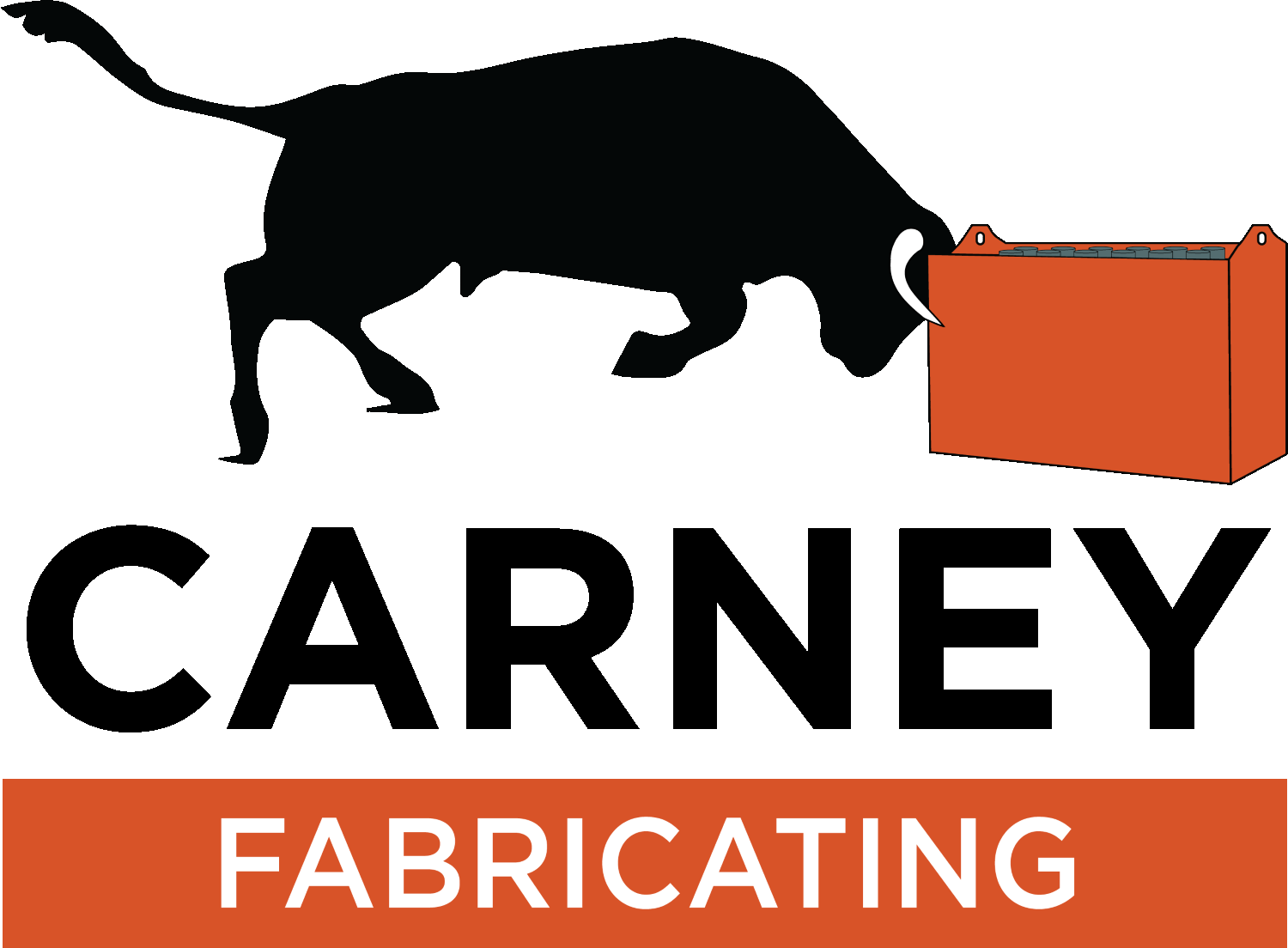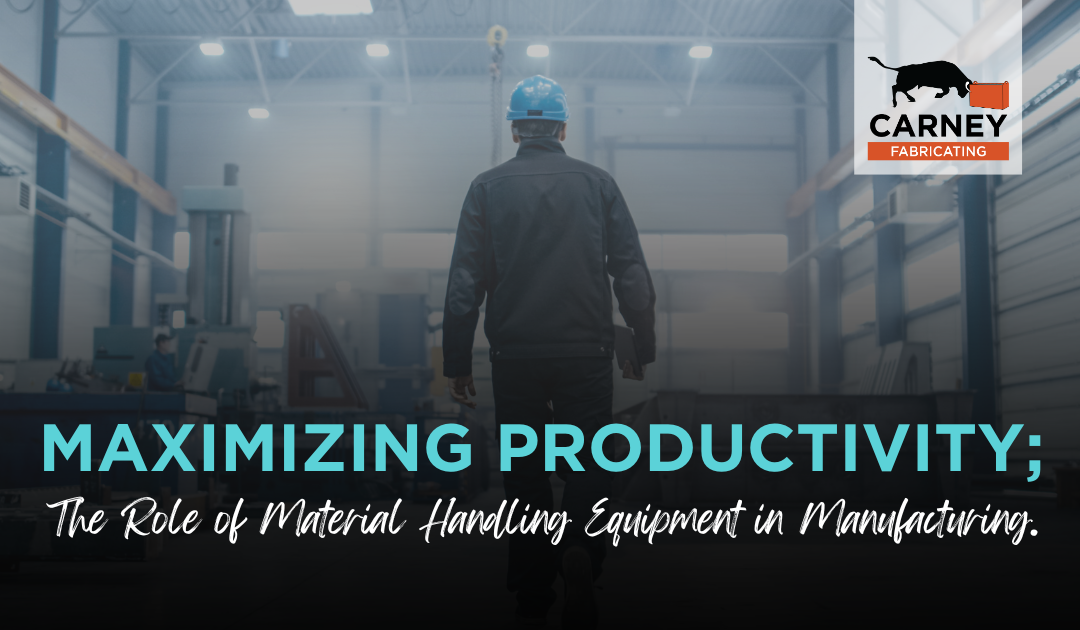Manufacturers often look to strategize staffing, improve automated practices, or focus on the production line to address inefficiencies.
While these tactics are reliable, they only make up a portion of efficient operations in the manufacturing industry. Moving components between workstations, loading, and collecting orders for shipment and transitioning raw materials to production lines – Material handling consumes an astonishingly large portion of production costs for manufacturers.
According to a study published by Concordia University’s ENCS department, as a process, material handling consumes twenty-five percent of the average warehouse workforce and fifty-five percent of available floor space. On average, inefficient material handling procedures consume between fifteen and seventy percent of the total manufacturing costs annually. Manufacturers can keep these costs on the lower end of the spectrum by performing inspections and investing in making material handling tasks as efficient as possible.
For proven cost savings, manufacturers must invest in application-specific material handling equipment. Based on the data above, system designers can choose the most efficient material handling equipment using the MHS equation (Materials + Moves + Methods = Preferred System). Here are a few common and affordable MHE choices.
Ergonomic Positioning Equipment
Manual material handling is the most common cause of occupational fatigue and low back pain, placing unnecessary strain on employees. Many manufacturers (especially those with smaller workstations) opt for Gantry Cranes or Lifting Beams to help eliminate unnecessary stress for staff. Gantry cranes, Overhead cranes, Jib cranes or workstation cranes provide invaluable support allowing workers to quickly and easily move products upwards of 40,000 lbs.
Learn more: https://www.carneyfabricating.com/crane-systems/
Compact Storage Systems
As the demand for proper storage systems continues to increase, many manufacturers are reassigning floor space with specialized racking. In some instances, changing what seems to be a small element, like racking, can make an impressionable impact.
Learn more about common racking types: https://www.carneyfabricating.com/storage-systems/
Transferring Products & Raw Goods
Product transfer systems are vital, transporting raw goods to production lines and finished products to shipping areas. One solution is a powered transfer cart which can carry goods ranging in size with capacities anywhere from 500 lbs to 500 tons. Transfer carts are also customizable for manufacturers with niche products and goods.
Read the case study: https://www.carneyfabricating.com/casestudy-transfer-cart/
Simple equipment makes it easy to calculate returns. Subtract cost from gain and divide it by the total cost of the product. For example, the cost of a workstation crane with a 1-ton capacity (10 ft span) is approximately $5,000. This crane improves productivity by 25% throughout the year. Twenty-five percent of the crane operators’ salary equals $14,500 which the company gains with the new crane (190% gain). In this example, the increase in productivity far outweighs the $5,000 investment in the crane itself.
ROI Calculator: https://www.calculator.net/roi-calculator.html
In March 2023, CME called for action to combat the labour challenges facing Canadian manufacturers. In the face of these challenges investing in our staff is vital.
According to Financial Post, >80% of manufacturers are reporting labour shortages year over year. The equipment discussed above can reduce strenuous tasks, helping manufacturers remain competitive at a lower price point despite today’s challenges.

